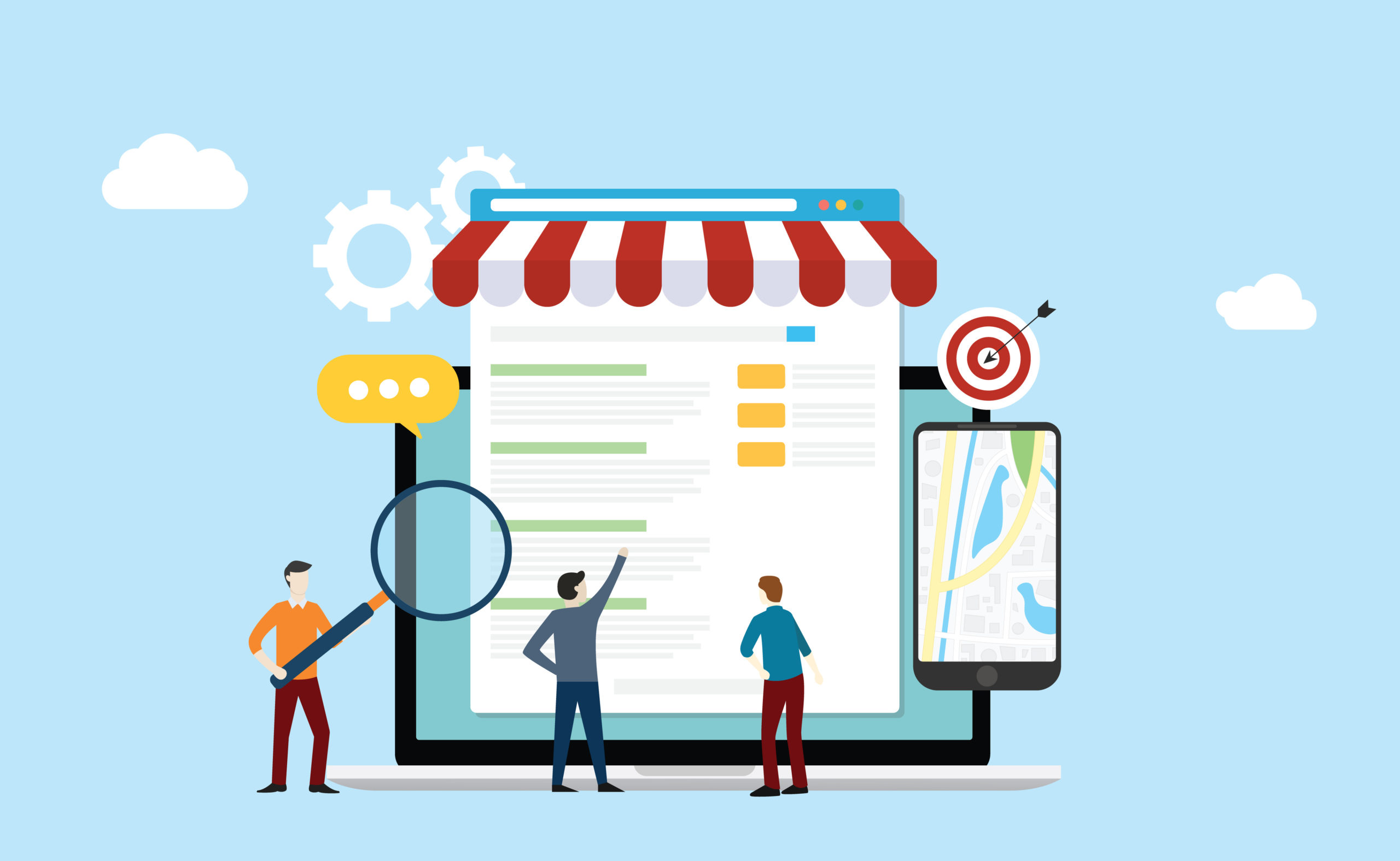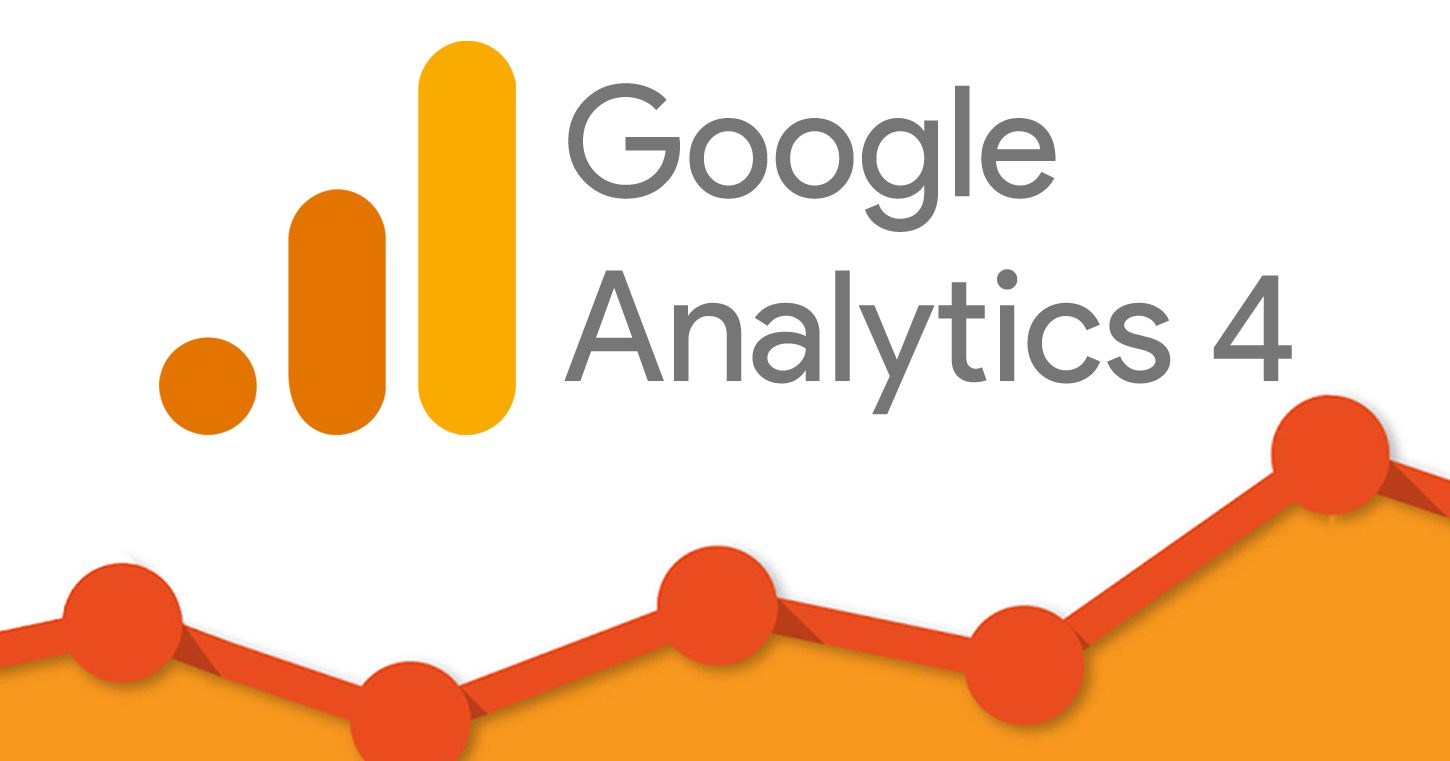Third-Party Cookie Depreciation: Understanding Data “Parties”

Google is moving forward to end third-party cookies this year. And it’s a big deal. Publishers and advertisers built huge audiences using third party data.
And now…that business model is going to change.
But there’s good news. Now is the time to come up with a plan…BEFORE third-party tracking & cookies vanish.
Technology is constantly changing. Understanding these changes and being proactive could set you apart from the many businesses that are waiting it out to see what Google’s next move will be.
But first, you have to understand what’s going on. And yes…It’s a bit complicated.
Instead of overwhelming you with a bunch of information that has your eyes glazing over and mind going numb after the second header…let’s take this in baby steps.
After all, third-party cookie depreciation probably doesn’t mean much if you don’t understand the types of data websites collect.
What is third-party data?
A quick breakdown on the tiers of data collection
Data gives us an opportunity to learn about our customers or audience. In turn, we can use that data to target other prospects with similar qualities. The key difference between the “party” data is how it is collected and used.
Let’s get a rundown of the different types of data:
First-Party Data
The data you collect about your customers. You own and manage it. First-party data comes from subscriptions or your app, purchases, point-of-sale communication, or customer feedback. It’s also the behavioral data as customers browse your website, app, or store.
First-party data is very important and specific. It’s the result of a direct, trusted relationship with a consumer. You could use this data to create segments and profiles. While this data has many useful applications, it may not have the scale necessary to make assumptions allow you to reach new audiences for a targeted ad campaign.
Second-Party Data
Another company’s first party data that can be used for your own marketing. Access to second-party data can be bought or obtained with an agreement from the first-party data owner, data management platforms, or a second-party data network.
In many cases, the sharing of second-party data benefits both parties in some way. It works best when there is no competition or conflicts of interest between the two parties. For example, a high-end watch company may partner with an exclusive golf resort because the demographics tend to overlap.
Second party data helps to scale promotions and campaigns beyond a business’s existing customer base. That being said, the data is limited by what the other party collects.

Third-Party Data
Third-party data is different. It is data collected from different sources (some being cookies) that doesn’t directly deal with consumers. Third-party data is based on browsing behavior–not on information provided by the user.
The information is acquired by data aggregators and sold to agencies or individual companies to reach a broader–but not necessarily interested–audience.
And here is where third-party cookies come in…
Third-party cookies are created by domains other than the site being visited. They track browsing and use the data for online advertising. These cookies are created when a publisher uses code provided by a third-party server. Then the third-party cookie is accessible on any website that loads the third-party server’s code.
Ever search for a birthday present for an eccentric uncle then find an ad for that product keeps popping up while viewing a recipe or playing your favorite game app?
It seems a little bit eerie. But really, it’s just third-party data in action.
That being said, many consumers feel it is a violation of their privacy. And that’s part of the reason some of these major changes are being put in place.
One Other Data Party That May Be A Game Changer
It’s the data that may drive personalization and ad campaigns through this changing time.
Zero-party data
Like first-party data, this is information the customer intentionally and proactively shares with your business. Zero party data is voluntary information the customer provides you in the form of registration forms, surveys, etc.
The information your customers provide can help you create look-alike segments to reach a similar audience.
And, if done correctly, at just the right time of the customer’s experience, you can collect crucial information you need to know from real customers. Of course, not every customer is going to voluntarily share their personal information and preferences to just any business or website.
It takes trust…a relationship.
And this is just one of many things marketers are focusing on as they bid farewell to third-party cookies.
Let’s Weather the Changes Together
Changes to privacy and third-party cookies may be a huge disruption for marketers and businesses.
It doesn’t have to be.
Afflatus Media has you covered. We’re keeping our fingers on the pulse of everything that’s going on.
Afflatus Media offers a variety of solutions to rank higher in search engines, improve user experience, and drive organic (FREE) traffic to your site. No cookies needed.
Send us a message today so you could stop worrying about lies ahead.




